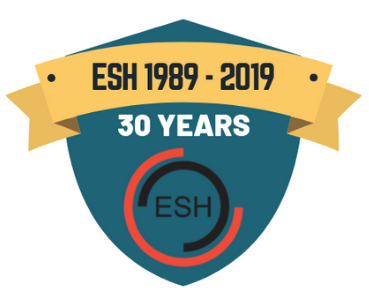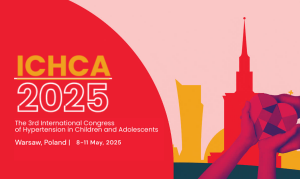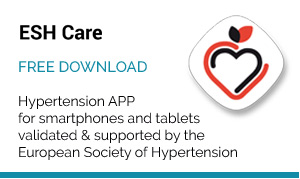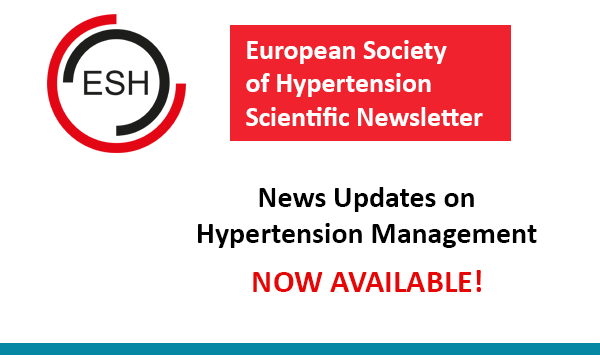Hypertension 2008
Even the Very Elderly Benefit from BP Treatment
Although the very elderly are among the fastest growing segments of society in most developed countries, these individuals ─ 80 years of age and older ─ are often not included or recruited into clinical trials. As a result, many benefits and risks of treating this population remain unclear.
What limited data are available have raised concerns. One recent retrospective cohort analysis of the very elderly, for example, found that patients with systolic blood pressure (BP) levels below 140 mm Hg had ashorter survival than those with higher systolic levels, even after adjusting for predictors of death with increasing age. (1) This followed an earlier meta-analysis suggesting that while treating the very elderly for hypertension was associated with a 36% reduction in the risk of stroke, this was offset by a nearly significant (p = 0.05) 14% increase in all-cause mortality. (2)
To help resolve some of the clinical uncertainties of antihypertensive treatment in this population, the double-blind Hypertension in the Very Elderly Trial or HYVET randomized 1,933 patients to active therapy and 1,912 patients to placebo. All participants were 80 years or older and had persistent hypertension (defined as systolic BP of at least 160 mm Hg). Active therapy consisted of the diuretic indapamide 1.5 mg sustained release. Clinicians could add 2 to 4 mg of the ACE inhibitor perindopril (or matching placebo) to achieve the target BP of 150/80 mm Hg. The primary endpoint of HYVET was any fatal or nonfatal stroke, with secondary endpoints including all-cause mortality, cardiovascular mortality, cardiac death, and death from stroke.
Updated Data
The main results of HYVET were published in May 2008 in the New England Journal of Medicine. (3) At Hypertension 2008, Christopher J. Bulpitt, MD, Imperial College London (UK), offered additional data.
Based on the originally published data, at a median follow-up of 1.8 years, BP separation was 15 mm Hg systolic and 6 mm Hg diastolic between patients on the protocol versus those on placebo. Active therapy was associated with reductions in the primary endpoint of 30% (p = 0.055) and, unexpectedly, a reduction in mortality of 21% (p = 0.019), prompting early termination of the trial due to the positive results.
When the data were evaluated on a per protocol basis of patients who actually received the study drugs (versus intention-to-treat), all variables were significantly reduced including all stroke (34%; p = 0.03), total mortality (28%; p = 0.001), fatal stroke (45%; p = 0.02), heart failure (72%; p < 0.001), and cardiovascular events (37%; p < 0.001). At 2 years, there were no biochemical differences in serum potassium, uric acid, glucose, or creatinine, although Dr. Bulpitt noted that nearly three-quarters of the patients in the active therapy group were receiving combination therapy, and the chemical effects of each drug likely mitigated those of the other agent.
With safety always an issue in the elderly, the combination therapy proved to be extremely safe: fewer serious adverse events were reported in the active treatment group compared to placebo (358 vs. 448 respectively; p = 0.001), with only five total events being considered a reaction to the treatment given (3 in the placebo group, 2 in the active therapy group).
He then considered whether these results could be generalized to individuals older than 90 years and those with previous cardiovascular disease. Out of the total population enrolled in HYVET, however, only 56 men and 120 women were age 90 years or older. When the p value for trend with age was corrected for gender, there were still few significant differences from the overall population.
In HYVET patients, certain trends emerged as patients aged: weight, body mass index, blood glucose, and hemoglobin tended to decrease while creatinine and plasma potassium levels increased.
In looking at the presence or absence of previous cardiovascular disease, only 221 men and 231 women out of the entire HYVET population had any prior CVD. Yet, the data did suggest that those who entered the trial with CVD had the “usual risk factors” including significantly higher levels of nearly all risk factors analyzed except blood pressure.
Overall, Dr. Bulpitt noted, the number needed to treat was very low to prevent cardiovascular events: 40 for 1 death, 94 for 1 stroke, and 50 for 1 case of heart failure. However, while treatment conferred considerable benefits on enrolled patients, Dr. Bulpitt suggested that future trials that expand patient selection criteria will help better define the limits of the treatment pursued in the HYVET cohort.






